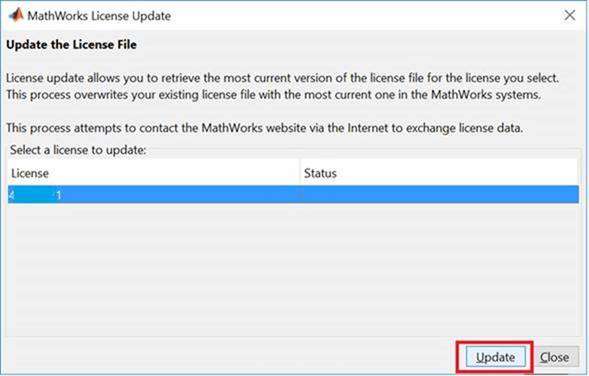
It is also possible to import and export Webots worlds or objects in the VRML format. wbt files which format is based on the VRML language. Webots worlds are stored in cross-platform. Webots offers the possibility to take PNG screen shots and to record the simulations as MPEG (Mac/Linux) and AVI (Windows) movies. The AIBO, Nao and E-puck robot models can also be programmed with the URBI language (URBI license required). The robot controller programs can be written in C, C++, Java, Python and MATLAB. proximity sensors, light sensors, touch sensors, GPS, accelerometers, cameras, emitters and receivers, servo motors (rotational & linear), position and force sensor, LEDs, grippers, gyros and compass. Webots includes a set of sensors and actuators frequently used in robotic experiments, e.g. The physical properties include the mass, friction factor, as well as the spring and damping constants. The graphical properties include the shape, dimensions, position and orientation, colors, and texture of the object. When designing a robot model, the user specifies both the graphical and the physical properties of the objects. In addition, it is also possible to build new models from scratch. The ODE library allows one to accurately simulate physical properties of objects such as velocity, inertia and friction.Ī large collection of freely modifiable robot models comes in the software distribution. Webots uses the ODE (Open Dynamics Engine) for detecting of collisions and simulating rigid body dynamics.

Olivier Michel at the Swiss Federal Institute of Technology (EPFL) in Lausanne, Switzerland. The Webots project started in 1996, initially developed by Dr.

Webots is a professional robot simulator widely used for educational purposes.


 0 kommentar(er)
0 kommentar(er)
